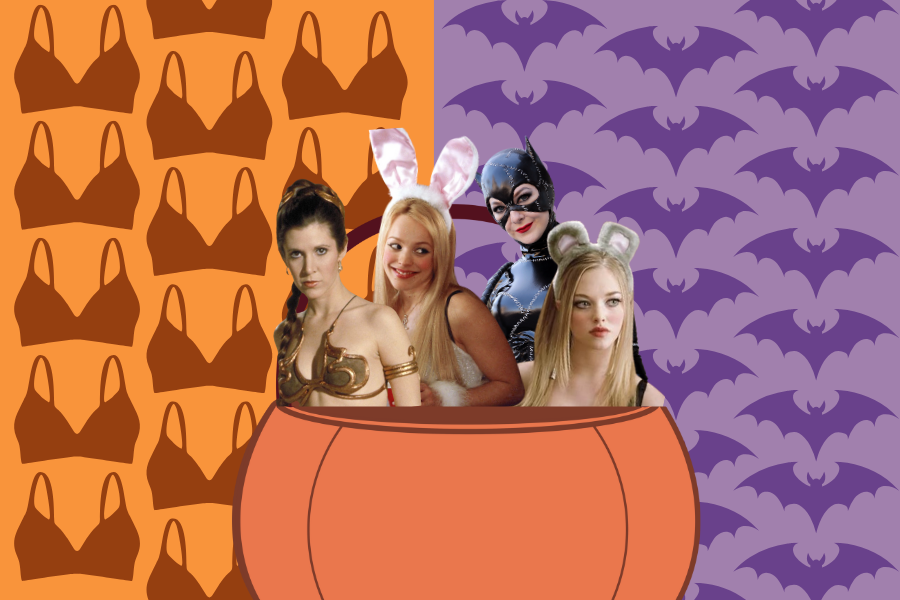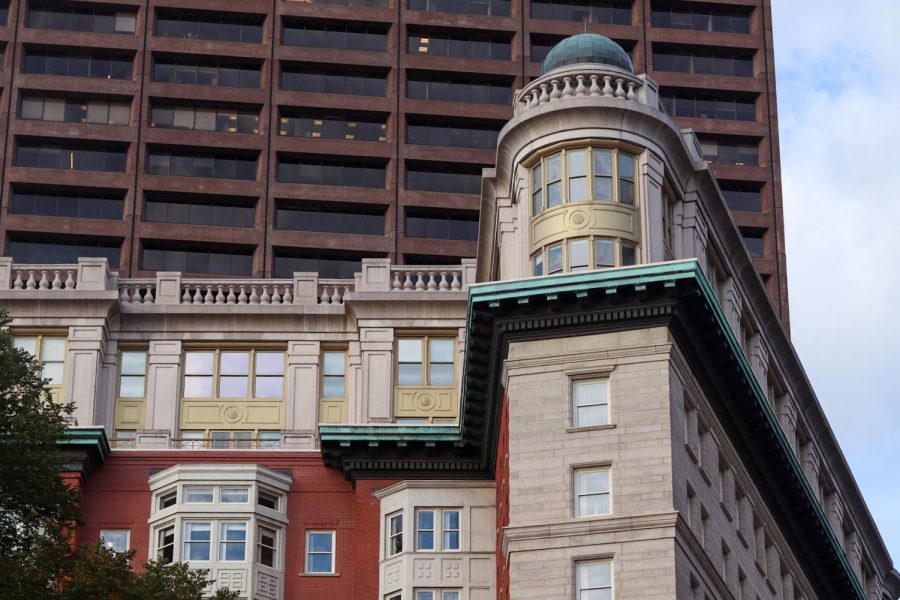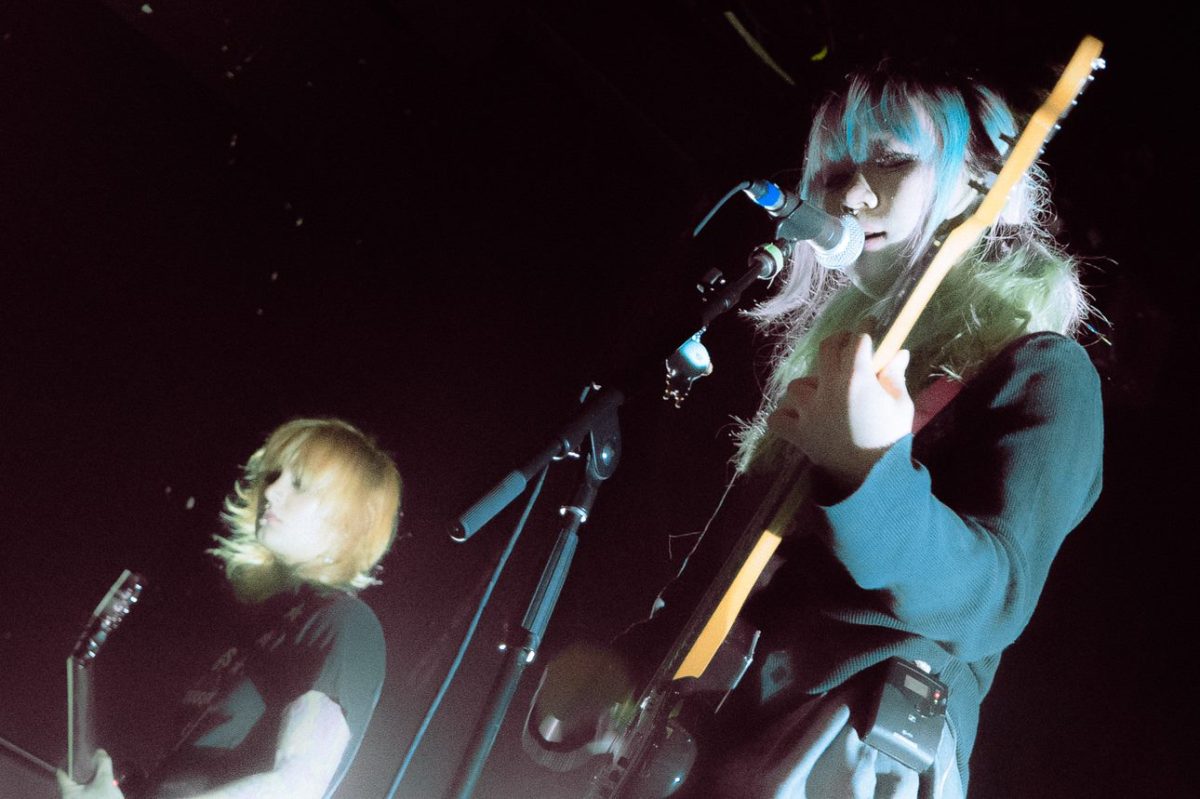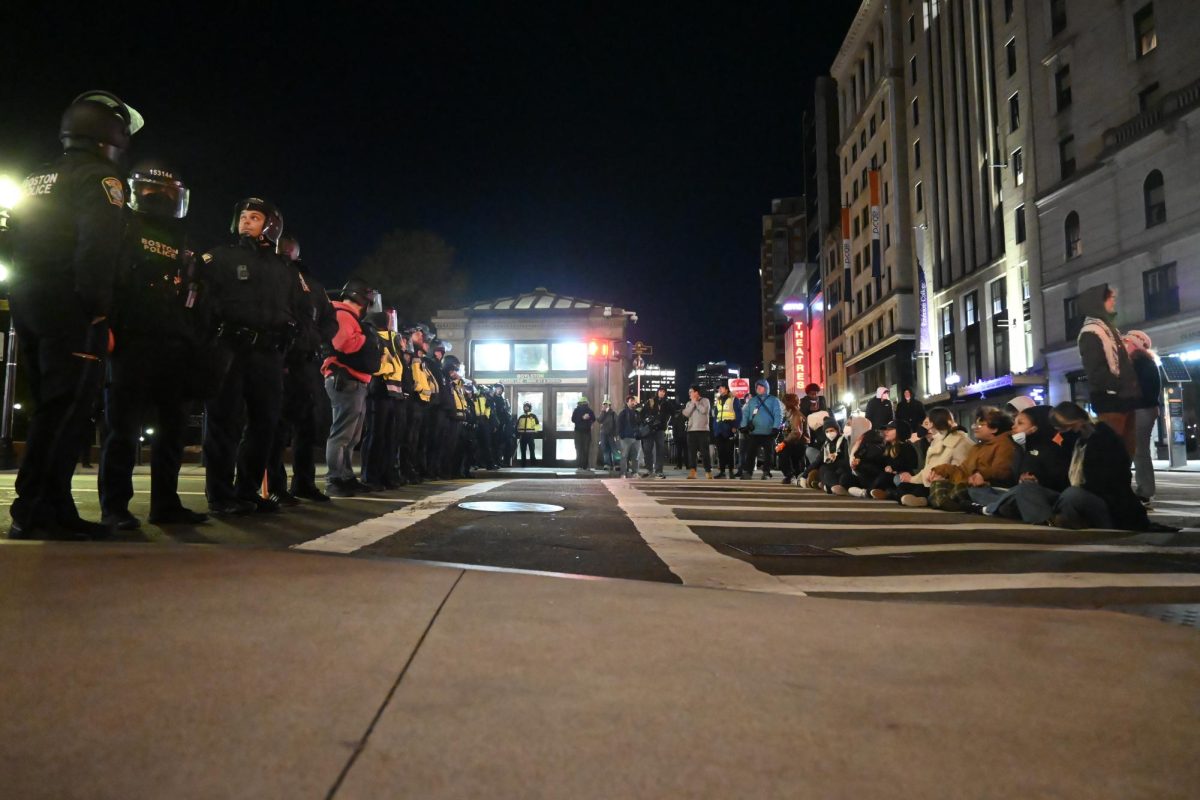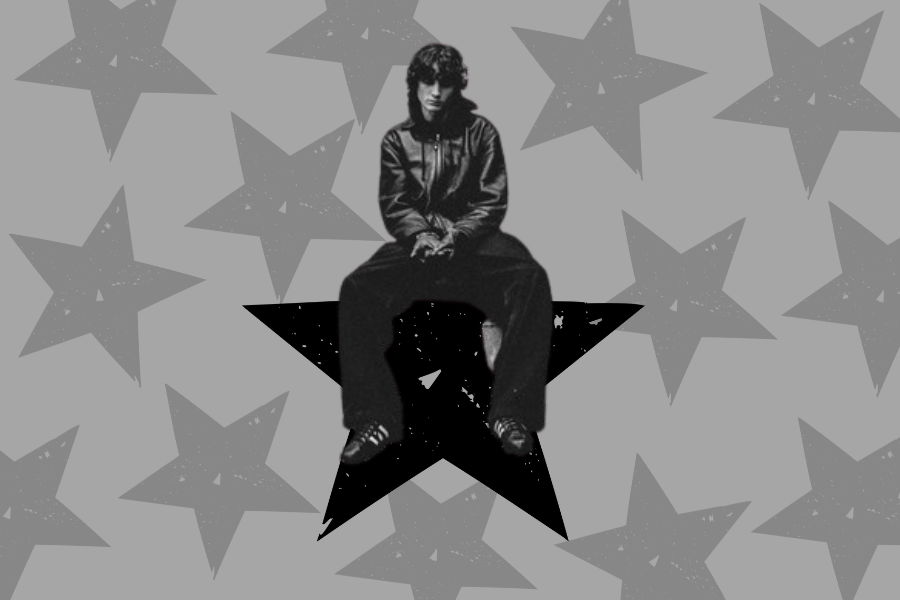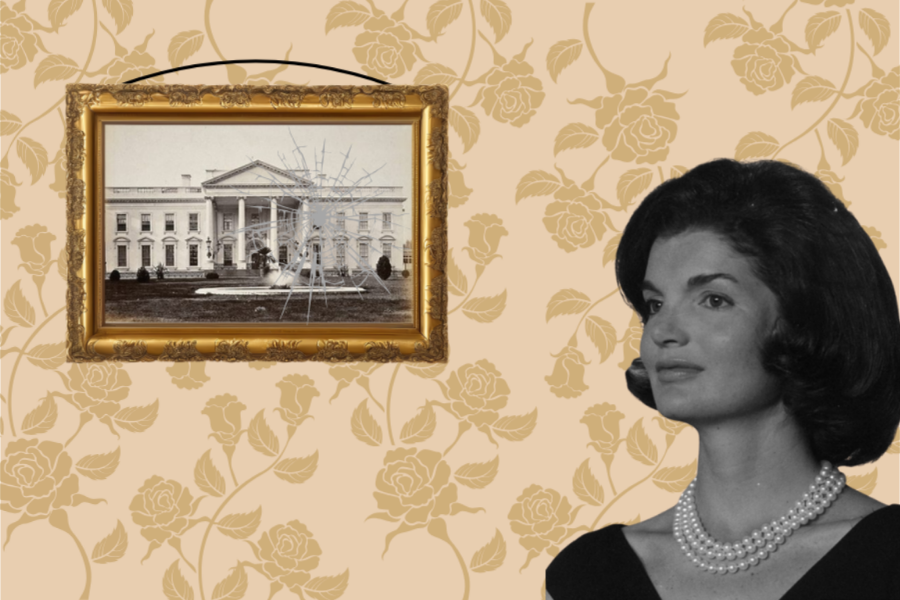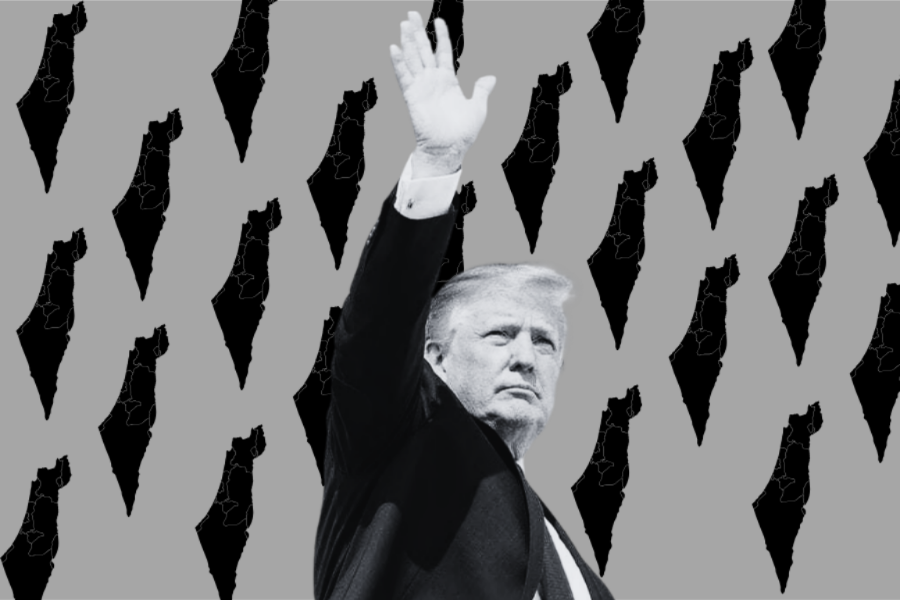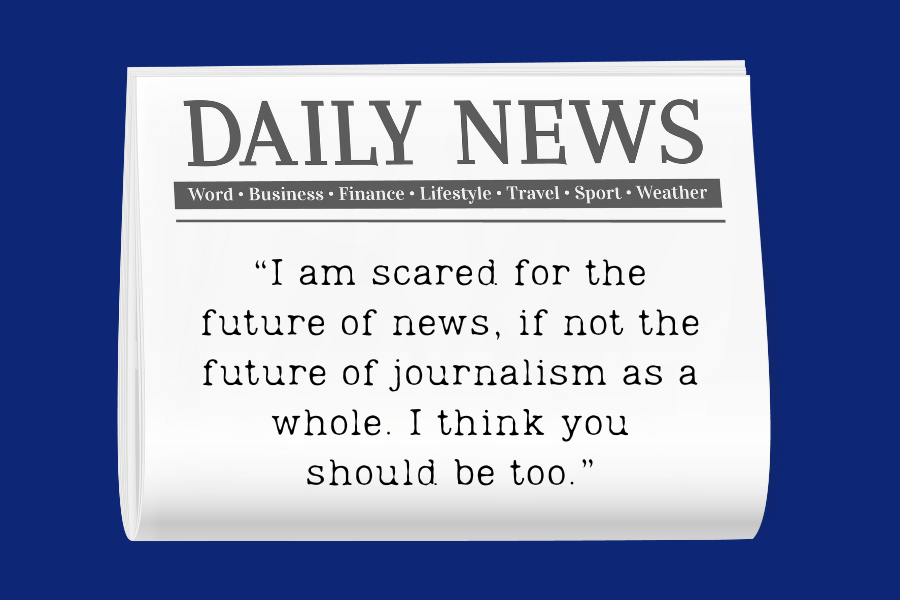Every October, college campuses erupt with the same swirling ideas for the last day of the month; cop, but make it sexy, nurse, but make it scandalous, Disney princesses, but on Adult Swim or angels and devils, but make it risqué. Along with these conversations, the same tired debate follows: are “sexy” Halloween costumes empowering or degrading? Young women are judged for showing too much skin, for wanting attention, for supposedly feeding into fantasies.
The truth is often more nuanced, especially through a feminist lens. The problem is not that women want to dress provocatively; it is that they live in a culture built by men to sexualize them, and one that women themselves often help uphold by policing each other.
Halloween has always been about transformation. It is a night to play, to experiment, to try on new identities. Yet for women, the choices are already scripted. A 2016 Fashion and Textiles study found that women’s Halloween costumes were “significantly more revealing” than men’s, and an analysis of over 1,000 costume ads showed female characters almost always marketed as “sexy,” while men’s were funny or practical. The message is clear: women are expected to perform sexuality, even when the stage is a costume aisle.
This expectation didn’t come from the male gaze. According to Pop Sugar, the origins of slutty Halloween trace back to queer liberation and second-wave feminist movements, where costumes were used as tools of defiance — ways to reclaim desire, joy and visibility in a world that tried to erase them. The hypersexualized aesthetic was never meant for the male gaze; it was meant as a rejection of shame. What began as an act of queer resistance became commercialized and diluted when it hit the mainstream, stripped of context and resold as a “trend.”
That is the irony: women are shamed for participating in a culture men created and corporations now profit from. The general consensus around campus lies in a cultural double bind where women are condemned if they do participate and condemned if they do not. If you wear something sexy, you’re seeking validation, if you cover up, you’re uptight. Men get to joke about their costumes, women get moralized for theirs. It’s not about clothes — it’s about control.
And too often, that control comes not from men directly, but from other women.
Performative sexiness has become less a personal choice and more a cultural expectation — an undead ideal that lingers, feeding on women’s need for validation. When women internalize those framing devices, they start enforcing them. On college campuses and social media, the whispers, “she’s trying too hard,” “she looks trashy,” “she’s embarrassing herself,” echo the very misogyny they claim to reject. It’s a cycle of judgment that benefits no one, but the culture that profits from female insecurity.
Feminist theorist Bell Hooks once called this “internalized domination,” when marginalized groups absorb the beliefs of those who oppress them. In this case, women learn to measure themselves — and each other — through the standards men built. Every side-eye at a “revealing” costume is a reminder that women are expected to perform, but never enjoy, their own sexuality.
Breaking that cycle starts with reframing the question. Instead of asking “is this costume empowering or objectifying?” The more interesting question we should ask is “Who decided that’s the only question worth asking?” A provocative costume can be a statement of confidence, irony or humor. It can also be meaningless fun. What matters is the choice — not the hemline.
“I’m not here to slut-shame women who dress like sexy hamburgers for Halloween … But I am trying to claw the innocent joy of Halloween out of the cold, deadened clutches of the Zombie of Forced Sexiness,” said Hadley Freeman, former Guardian columnist and features writer.
The frustration of a shift in Halloween costume and culture, as I would argue, is misdirected. It should not be the women who choose to wear revealing costumes you should be angry at; it should be your choice to be where they are. In the same way that daytime programs are shown during certain times and Adult Swim is shown after you put the kids to bed, critics should be able to recognize that the presence of sexual liberation strengthens their sexual conservatism.
Suffolk University professor of Women’s and Gender studies Bobbi J. Van Gilder argues that the debate over “sexy Halloween” isn’t about choosing sides between empowerment and objectification. She points out that while provocative costumes “could reinforce the male gaze,” they can also be “a way for women to reclaim control over their sexual expression, which society has always tried to regulate. To say that it reinforces the male gaze assumes women dress for men’s approval, which is certainly not always the case.” The tension lies in how these choices are interpreted, not in the choices themselves.
As Van Gilder notes, the “moral panic around ‘sexy’ Halloween costumes” reflects a deeper discomfort with women’s autonomy — a reminder that the real issue isn’t what women wear, but the culture that still determined to police their confidence.
In my own observations, Gen-Z men and women alike have used niche internet references as their Halloween costumes. Yet everything, from pop culture references to fandom inside jokes and players in major scandals, have all been made sexy. This is evidence of a truth that society has yet to acknowledge: girls can be funny and hot — mind-blowing!
Then, there is the obvious; fashion is a political statement, but it is also a function. College girls are going to house parties, bars and crowded clubs, and though their outfits — especially shoes — are mostly impractical and uncomfortable, the girls are hot — literally and figuratively. The weather in late October is often freezing, but the venues are often hot and suffocating.
It’s important to not only remember that “Halloween is the one night a year when a girl can dress like a total slut and no other girls can say anything about it,” but also recall how uncomfortable Cady Heron from “Mean Girls” looked in her bridal ball gown.
More importantly, why wouldn’t you try to look your best while you’re young, single and out to party?


